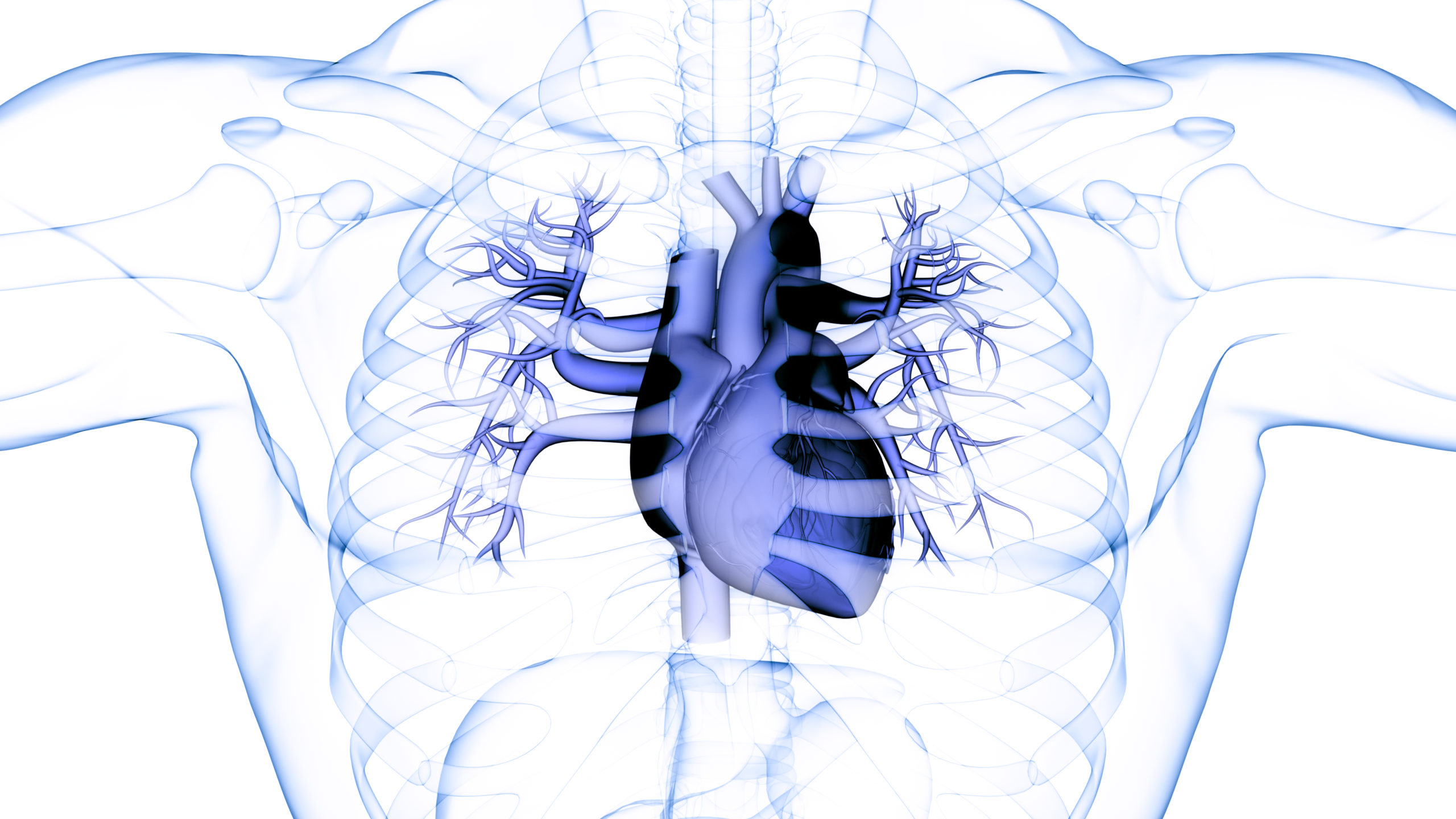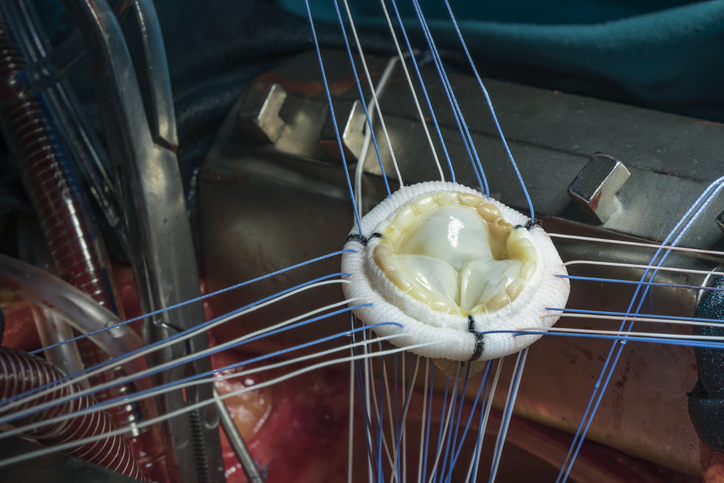
According to a study published in Cardiovascular Intervention and Therapeutics, the safety and efficacy profiles of left atrial appendage closure devices (LAAC) in patients with atrial fibrillation (AFib) are lacking research. Investigators, led by Keiichi Takeda, examined all-cause mortality, stroke, major bleeding, medications, and device-related thrombus (DRT) in patients with AFib managed with a LAAC device and direct oral anticoagulants (DOACs).
According to their report, “the incidence of all-cause mortality, stroke, and major bleeding were similar between LAAC devices and DOACs.” Furthermore, Takeda and colleagues stated that “the rate of complications was acceptable, and those of DRT were lower than the average incidence reported in previous studies.
The study’s collaborators reviewed eight studies on LAAC devices (WATCHMAN and Amulet) and three studies on a DOAC (rivaroxaban), encompassing a total of 24,055 patients with AFib. Among the cohort, 2,855 patients had LAAC devices, and 21,200 were treated with DOACs.
The researchers reported the following pooled incidences of the primary outcomes per person-years. All-cause mortality was 0.06 for WATCHMAN (95% confidence interval [CI], 0.02–0.10), 0.04 for Amulet (95% CI, 0.00–0.14), and 0.03 for rivaroxaban (95% CI 0.01–0.04). The incidence of stroke was 0.02 for WATCHMAN (95% CI, 0.00–0.04), 0 for Amulet, and 0.01 for rivaroxaban (95% CI, 0.01–0.2). Incidences of major bleeding were 0.04 (95% CI, 0.02–0.06), 0.02 (95% CI, 0.00–0.06), and 0.02 (95% CI, 0.01–0.03) for WATCHMAN, Amulet, and rivaroxaban, respectively. Further, the incidence rate of DRT was 2.3%, and complications were reported in 9% of patients.
The investigators acknowledged that follow-up research was needed, but ultimately concluded that “concomitant anticoagulant and antiplatelet therapies should be further evaluated to find the optimal regimen regiment for AFib patients with LAAC devices.”







 © 2025 Mashup Media, LLC, a Formedics Property. All Rights Reserved.
© 2025 Mashup Media, LLC, a Formedics Property. All Rights Reserved.